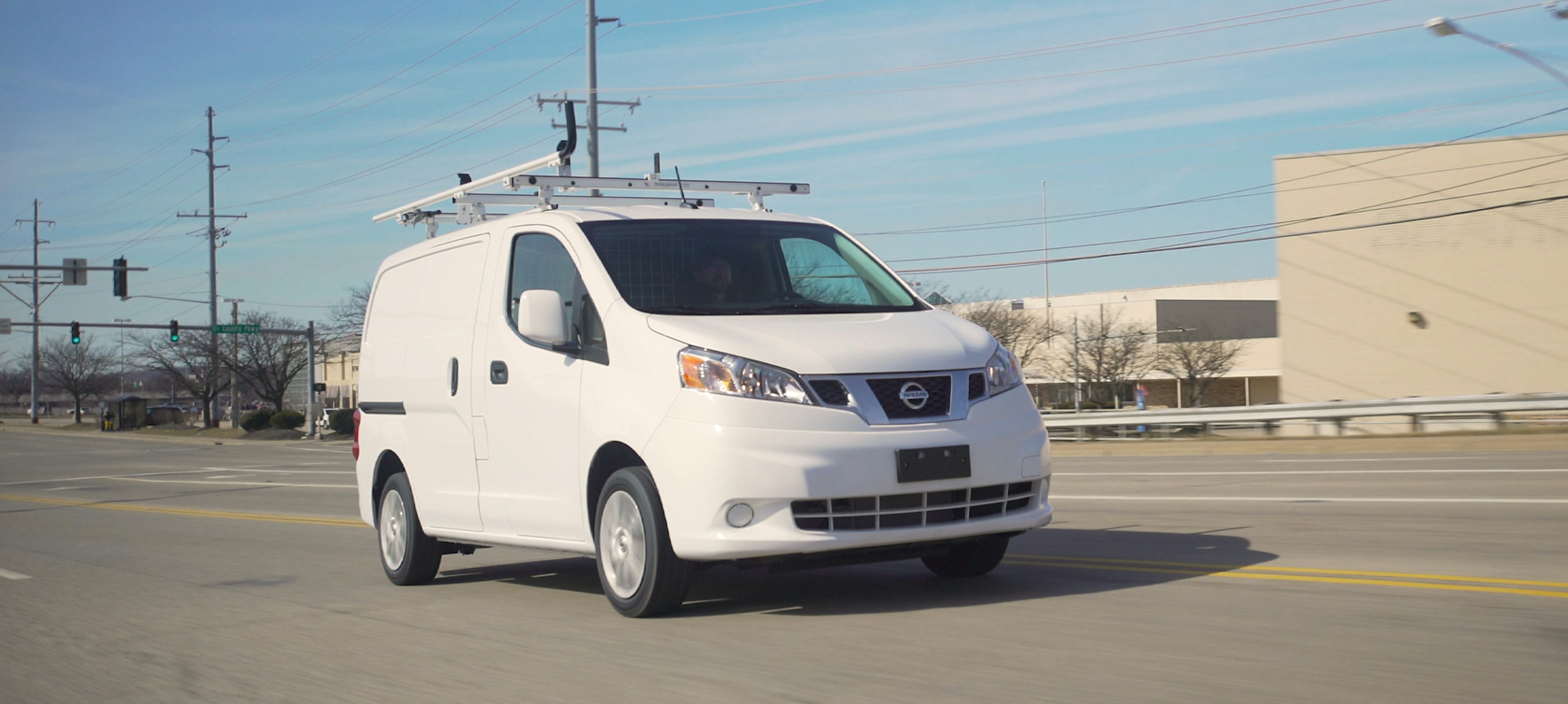When you think about your fleet of business vehicles, does your bottom line come to mind? How does your fleet help you improve cash flow, drive profitability and increase productivity within your business? Or, do you consider your vehicles just another expense without the corresponding benefits? If this is how you think about your business vehicles, then it’s time to redefine fleet.
Owning your own business means you work harder than most and have a better appreciation for the “big picture.” As a result, you leave no stone unturned when it comes to cash flow, profitability and savings opportunities. These opportunities exist for your business right now if you’ll change the way you think about your fleet. Whether it is sales, service or employee benefits, your vehicles can be a source of savings and improved cash flow. It begins with your procurement strategy and continues with a plan for taking care of your vehicles.
How are you purchasing your vehicles; buy or lease? Do you have a maintenance management plan? Is the vehicle manufacture’s preventative maintenance schedule important?
Find the answers to these questions and more as Mike Albert Fleet Solutions helps you redefine fleet through purchasing strategies and maintenance planning.
Money down or a low monthly payment?
There are pros and cons to both purchasing and leasing depending on your company’s strategic goals and plans for fleet vehicle usage. For example, if you own your fleet vehicles but are looking for greater flexibility in the replacement schedule or the number of vehicles to replace, leasing may be the better option. However, if your vehicles have a longer lifecycle, it may lower resale potential and purchasing could be the way to go.
Consider the following about fleet leasing:
- Lower up-front sales taxes and fees in most states
- Greater flexibility for vehicle replacement strategies
- Accounting and tax benefits
- More predictable long-term budgeting
- Increased cash flow (capital is not tied up purchasing vehicles)
- Positive net present value (NPV)
- Opportunity for complete reporting, simplified vehicle ordering and potential vehicle discounts (when using a fleet management partner like Mike Albert Fleet Solutions)
What type of lease makes the most sense for your business?
A strategic assessment and evaluation of your current situation and future fleet goals will help to determine the best lease structure for your business. Additionally, restructuring your lease may also improve your EBITDA (Earnings Before Interest, Taxes, Depreciation and Amortization).
Closed-End Leasing
- Provides options for cash-flow concerns, unpredictable budgets and resale options
- Mitigates the need for large cash expenditures to purchase vehicles – preserve capital for other areas of your business
- Simplifies budgeting and forecasting – eliminate the anxiety of surprise fleet expenses
- Protects from market fluctuations – there are no resale obligations (and when working with Mike Albert Fleet Solutions, you assume no risk associated with depreciation and remarketing of Closed-End leased vehicles)
Open-End Leasing
- Provides options for companies keeping vehicles long-term, requiring greater flexibility or upfitting vehicles for a specific industry
- Mitigates the need for large cash expenditures to purchase vehicles – yet still has similar benefits to ownership
- Provides greater flexibility – allows for options in the event of unexpected fleet changes
Open-End leases also have two different rate options – fixed and floating. In an Open-End fixed rate, payments are fixed at the time of delivery and remain locked through the lease term. Interest rates are indexed according to the Business Day Rate, established at the onset of the lease and fixed for the term.
An Open-End floating rate is beneficial when interest rates are high, but expected to decrease over the life of the lease.
Simple ways to save your business money
A comprehensive maintenance management plan is a simple and efficient way to ensure your fleet vehicles maintain their value and continue to meet the demanding needs of your business. It also provides valuable data about your fleet that not only is beneficial for budgeting, but also allows you to plan a more effective vehicle lifecycle strategy.
Utilizing a fleet management partner to implement your maintenance plan is the easiest way to get the most out of your fleet while significantly reducing maintenance costs. In addition to features such as a nationwide network of repair facilities, support from certified technicians and post-warranty recovery assistance, there’s a critical preventative maintenance schedule developed specifically for your fleet.
A maintenance schedule helps to streamline standard upkeep and repairs. Plus, one of the largest sources of cost as well as vehicle component failure is non-compliance with manufacturer-recommended preventative maintenance schedules. As a result, you could be pay for what are essentially avoidable costs and run the risk of disappointing clients due to vehicle downtime.
Purchasing strategies and maintenance management are just two components of a complete fleet management process that will help you save money for your fleet and business. The result is improved cash flow and lowered total cost of ownership and, in return, that means more money to reinvest in your business. Welcome to Fleet Redefined – changing the way you think about fleet to reduce variable costs, improve efficiency and increase productivity.


